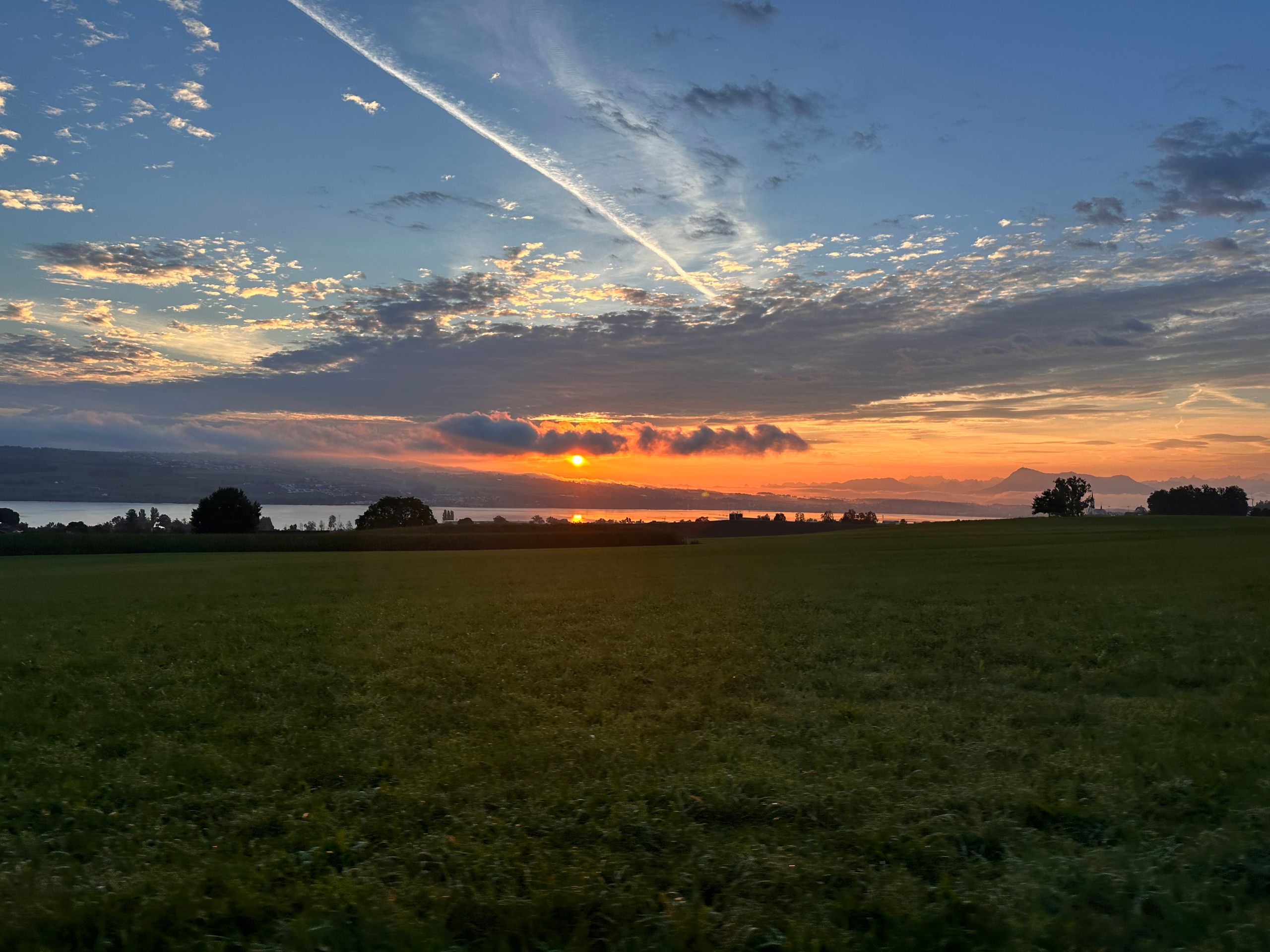
compostellas-herbstzeit
vakantio.de/compostellas-herbstzeit
Torroella de Montgrí and l’Estartit
Uñt’ayata: 03.11.2024
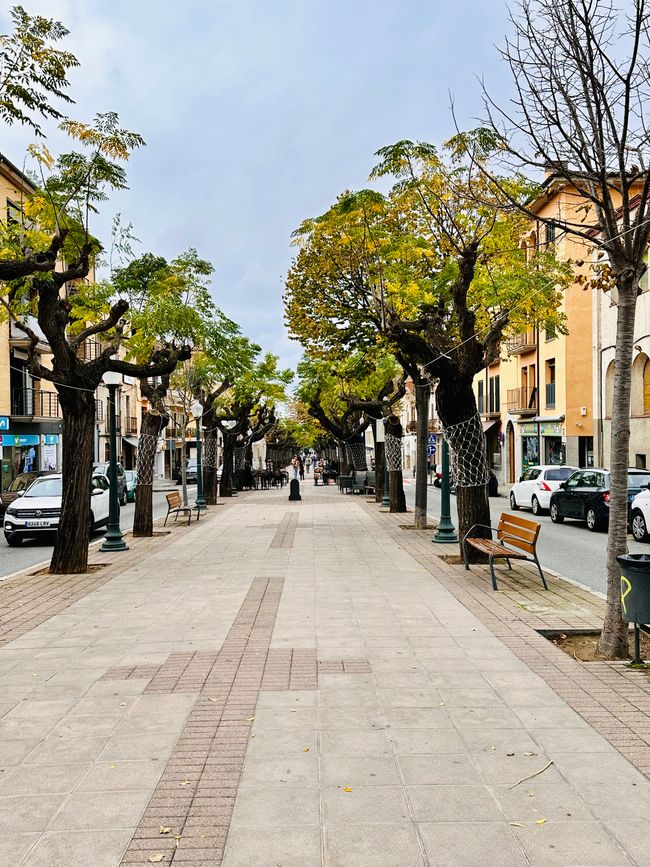
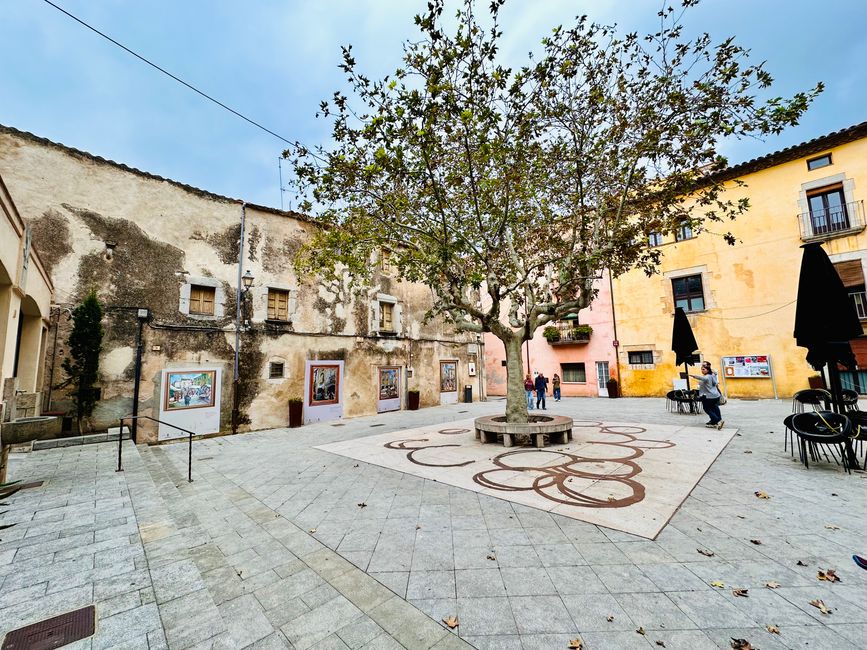
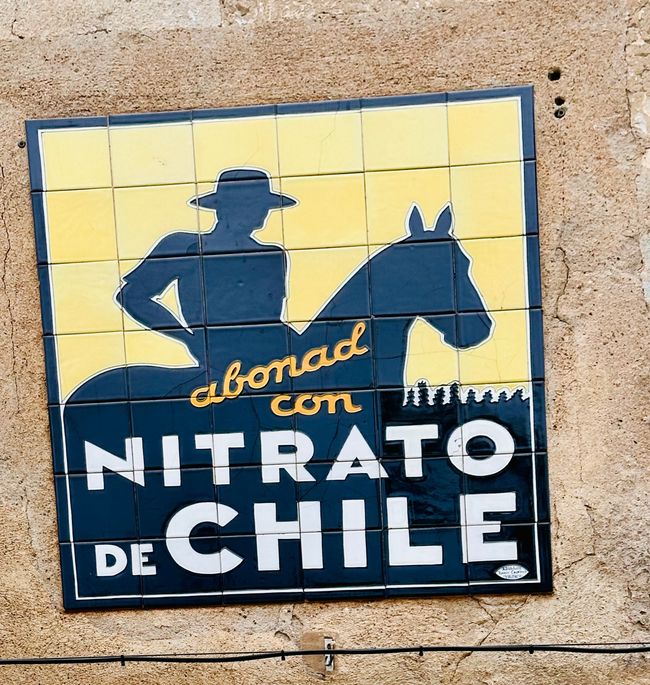

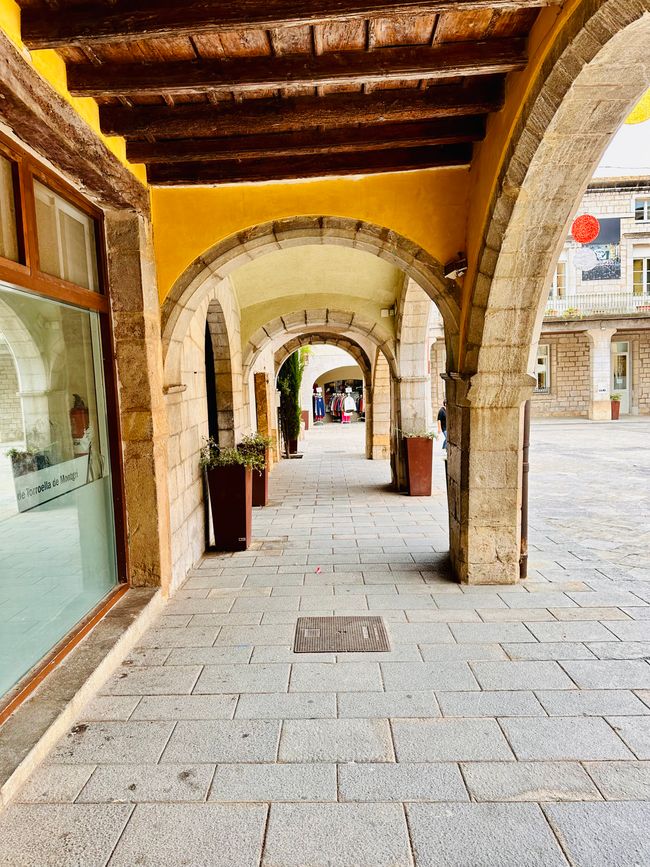
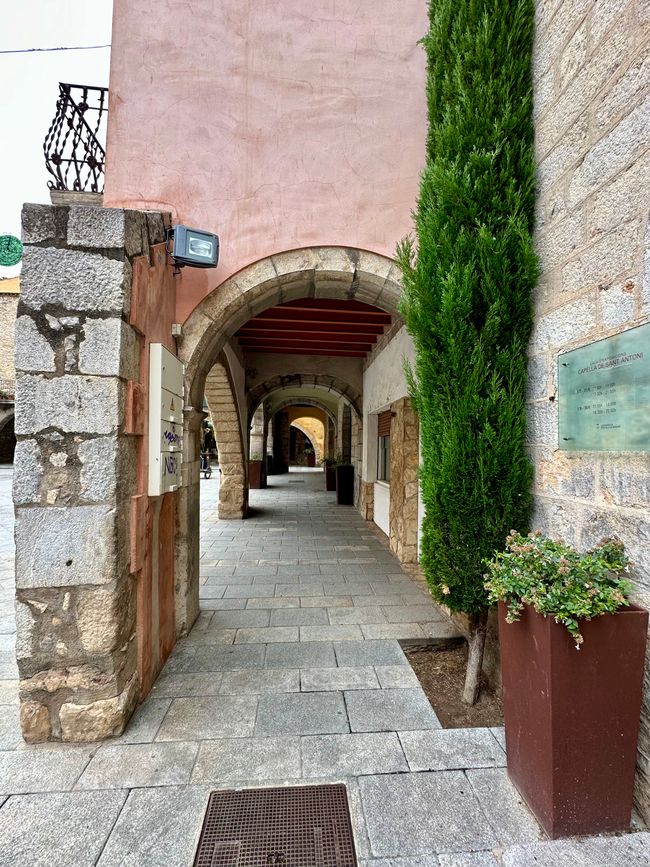
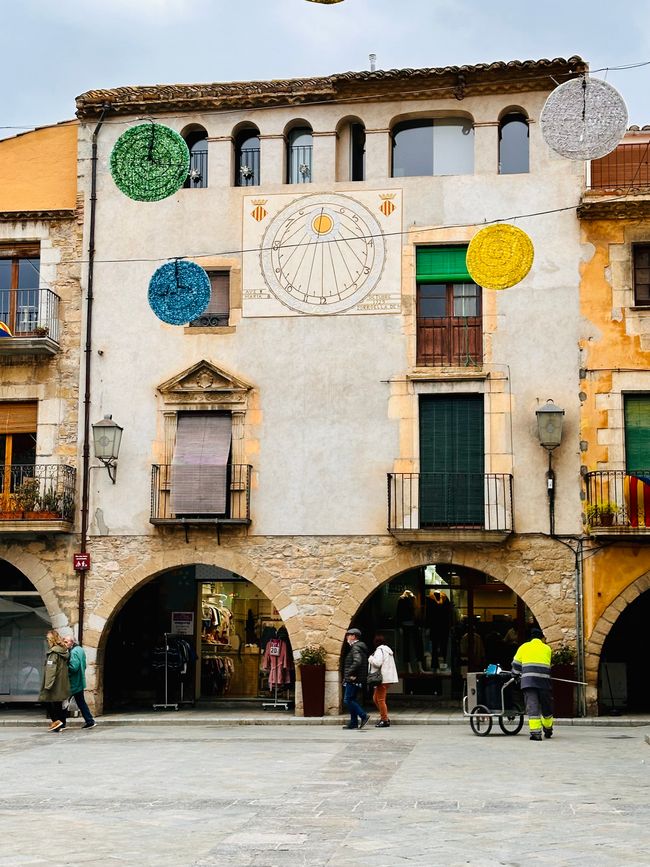
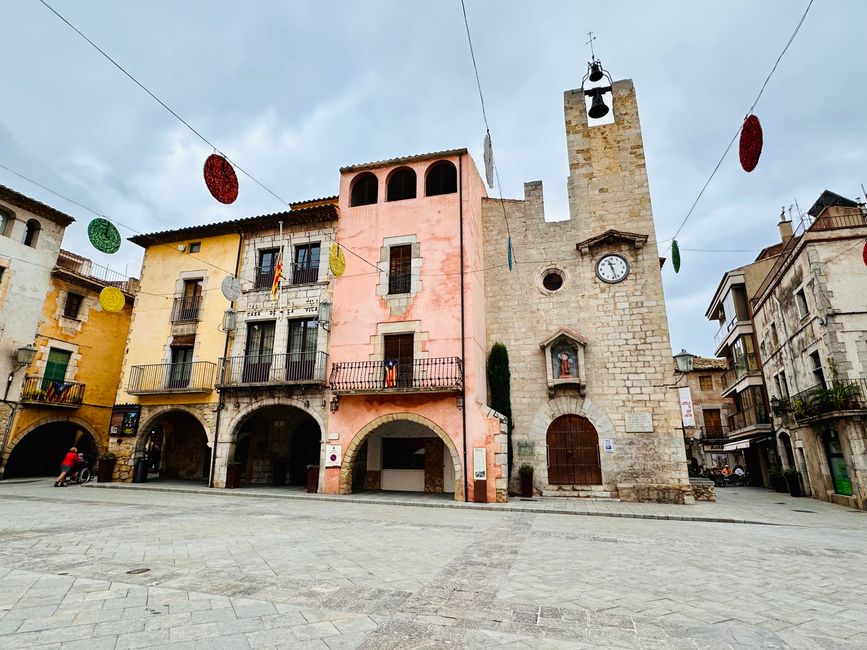
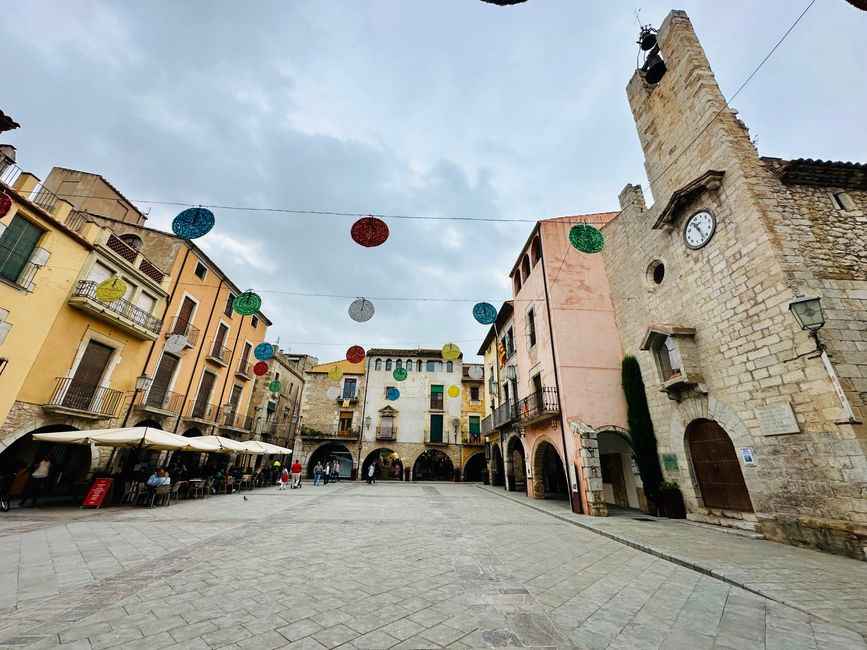
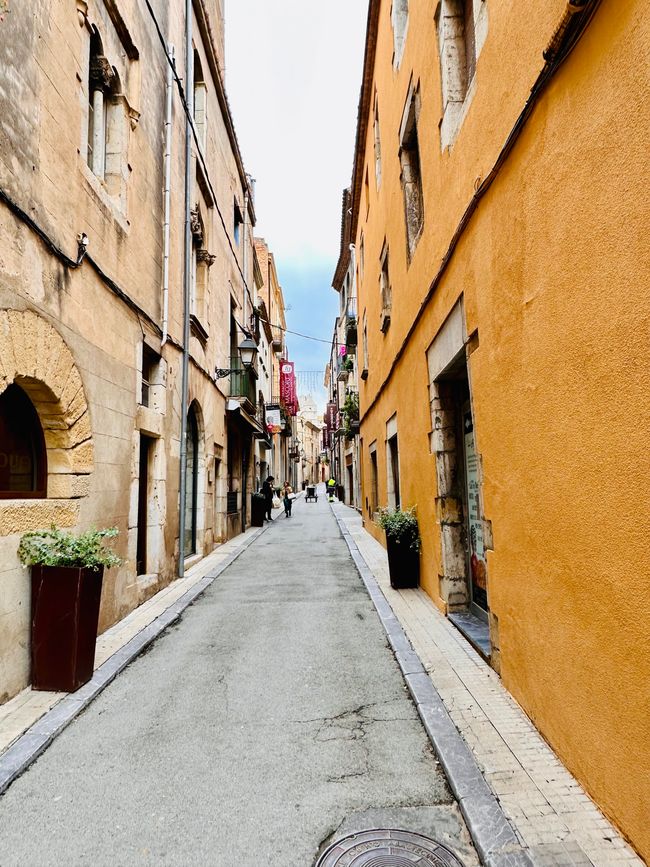
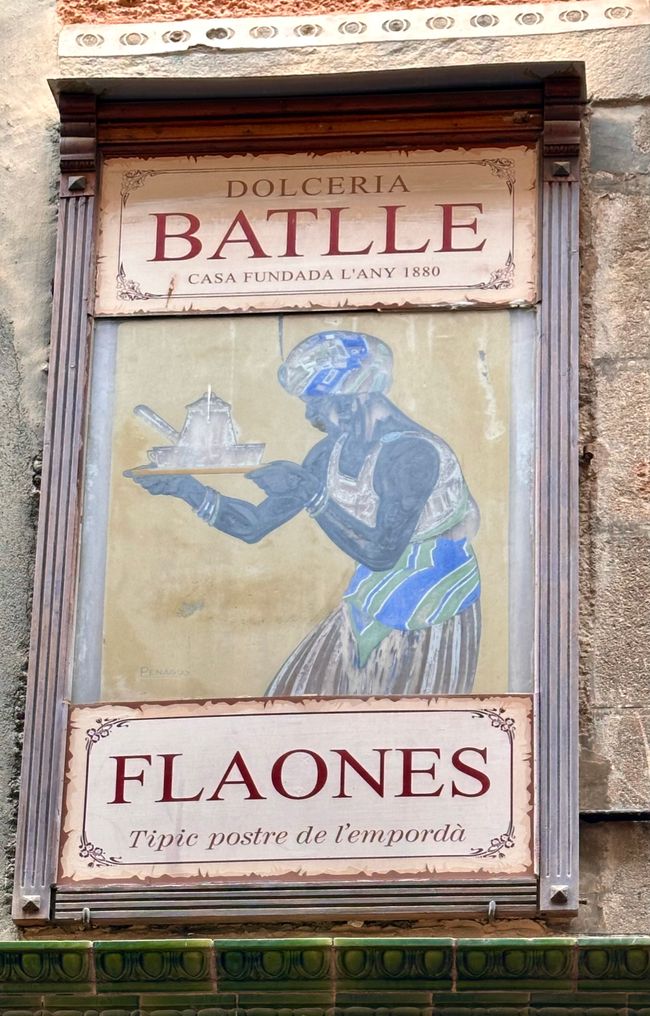
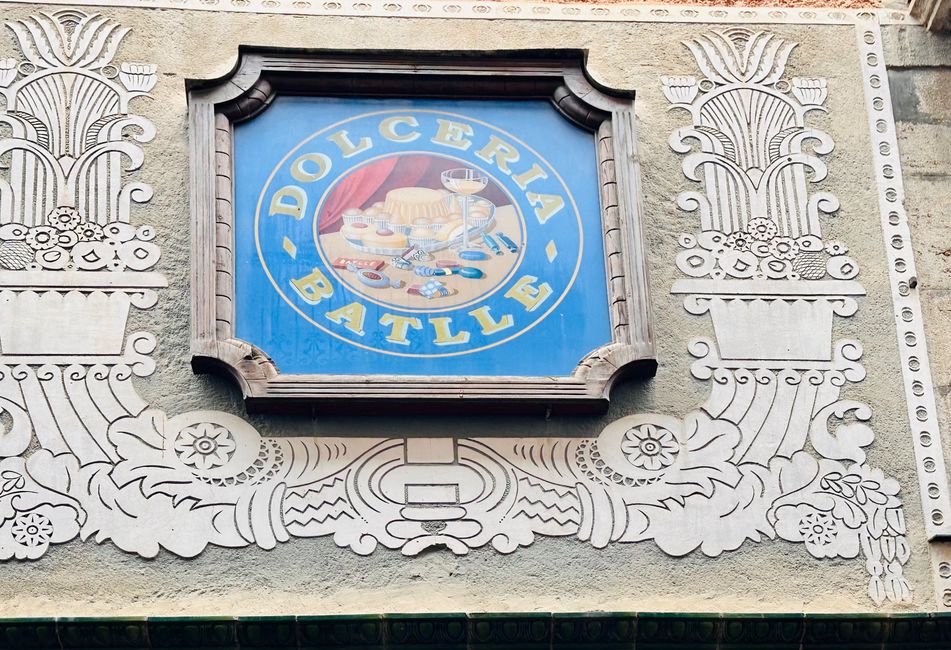

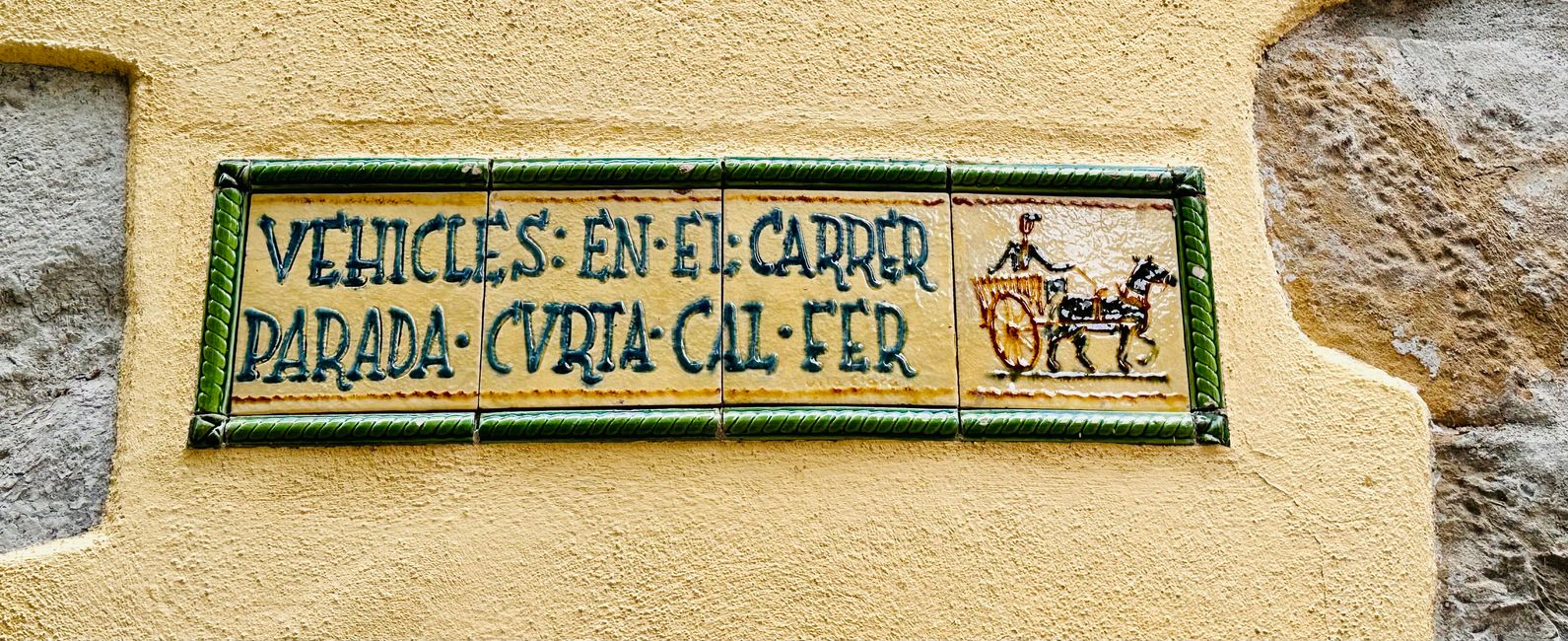
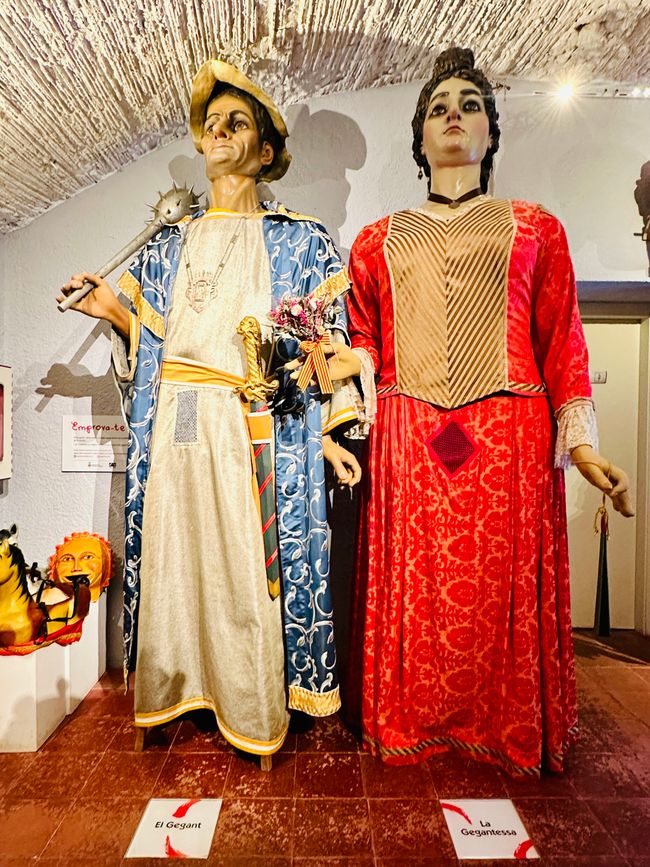

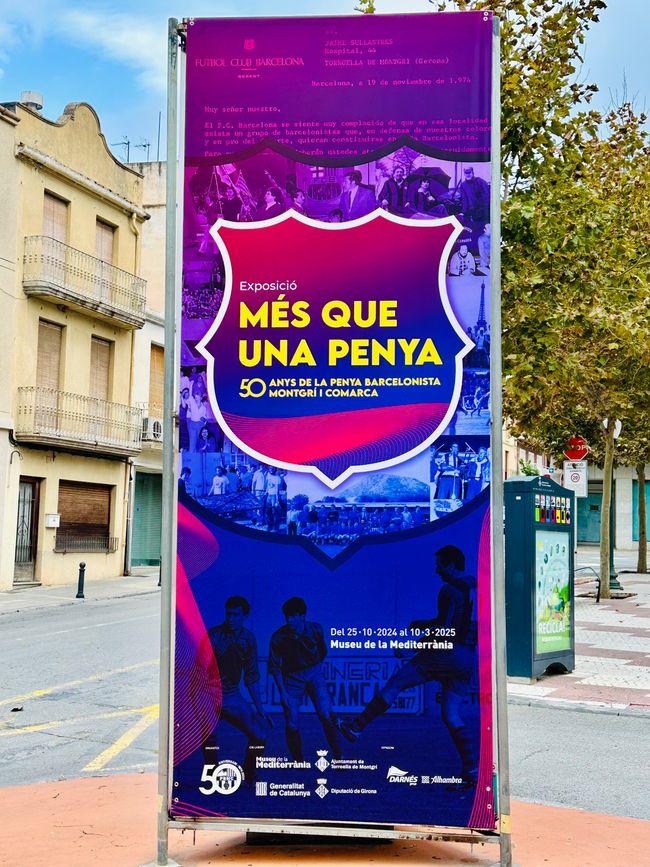
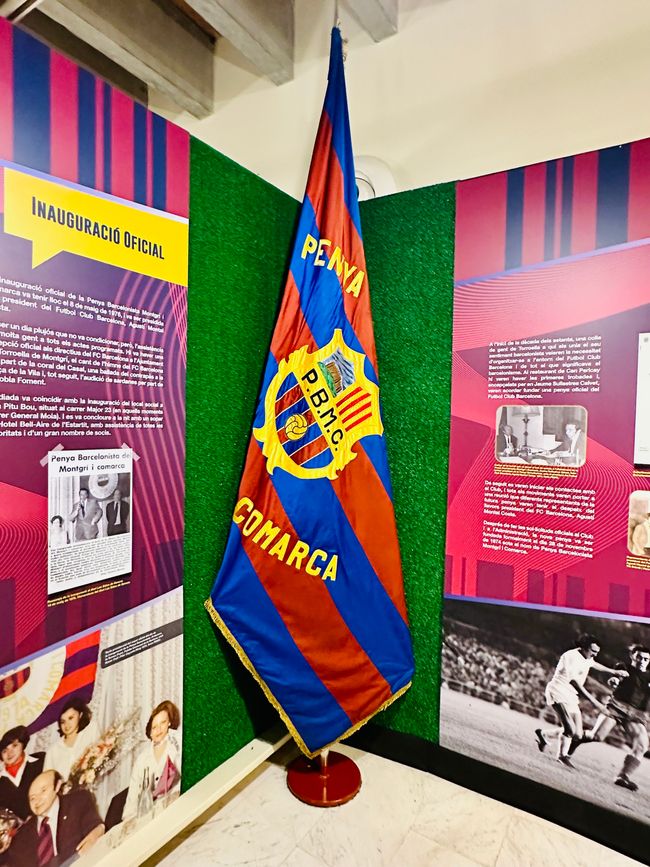
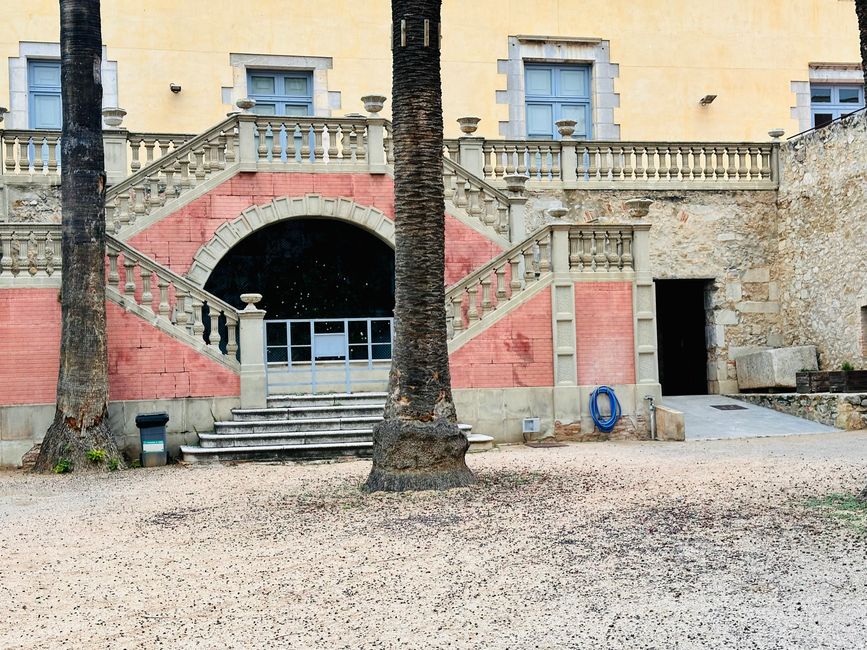
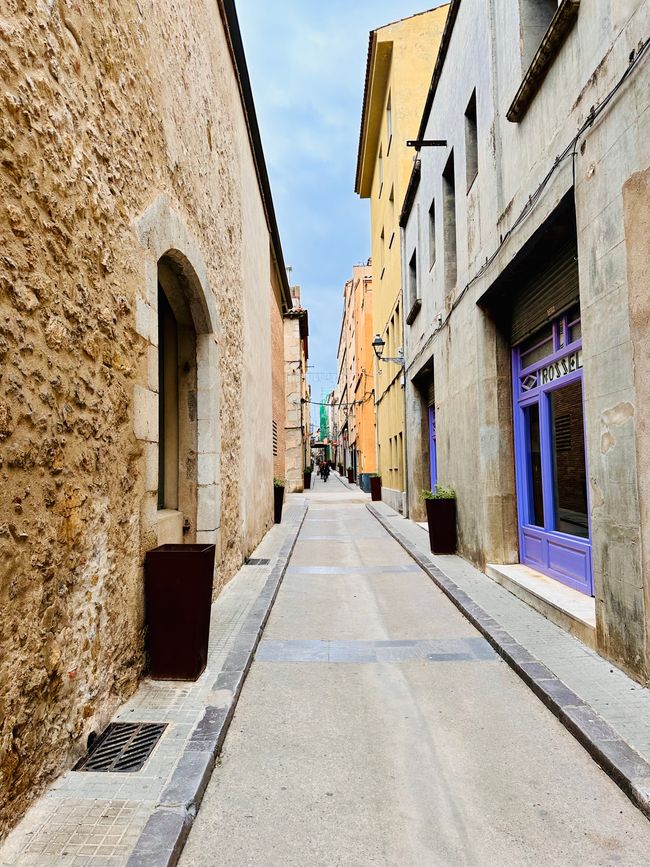
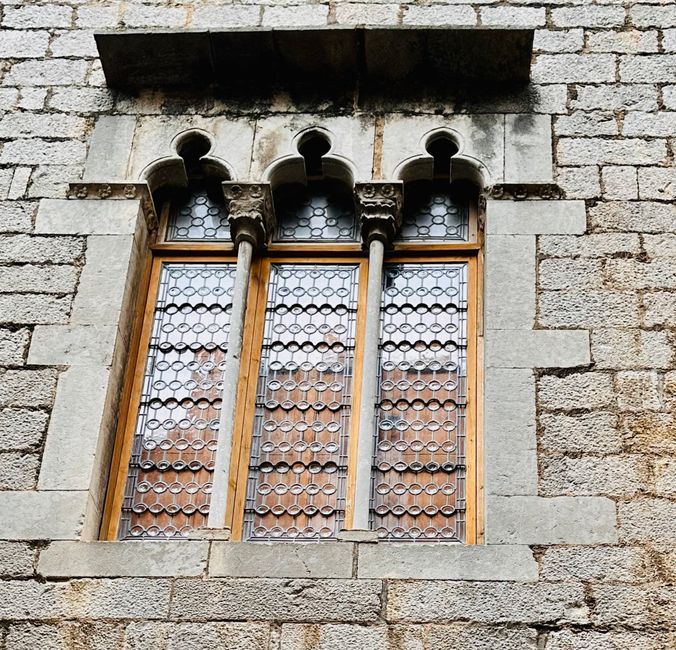
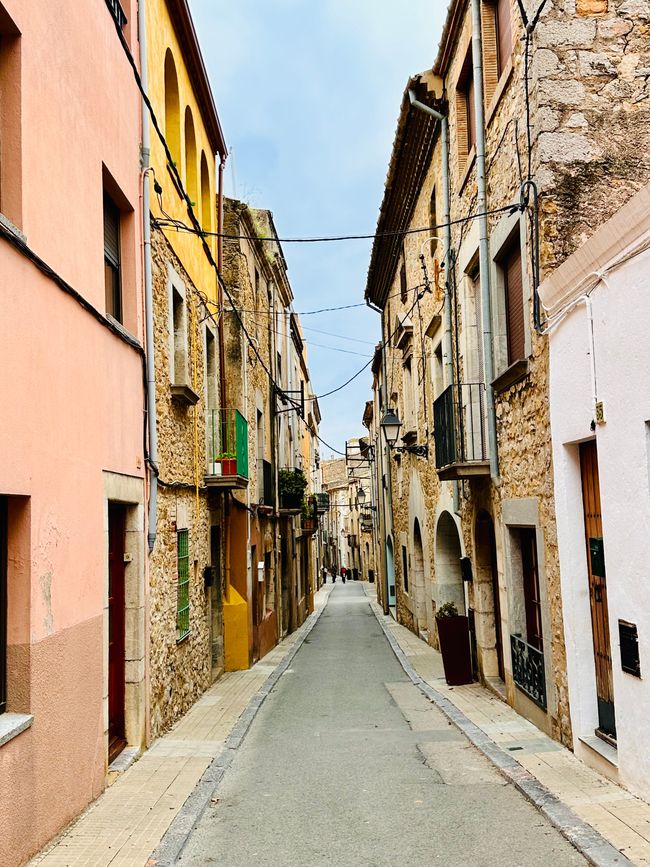
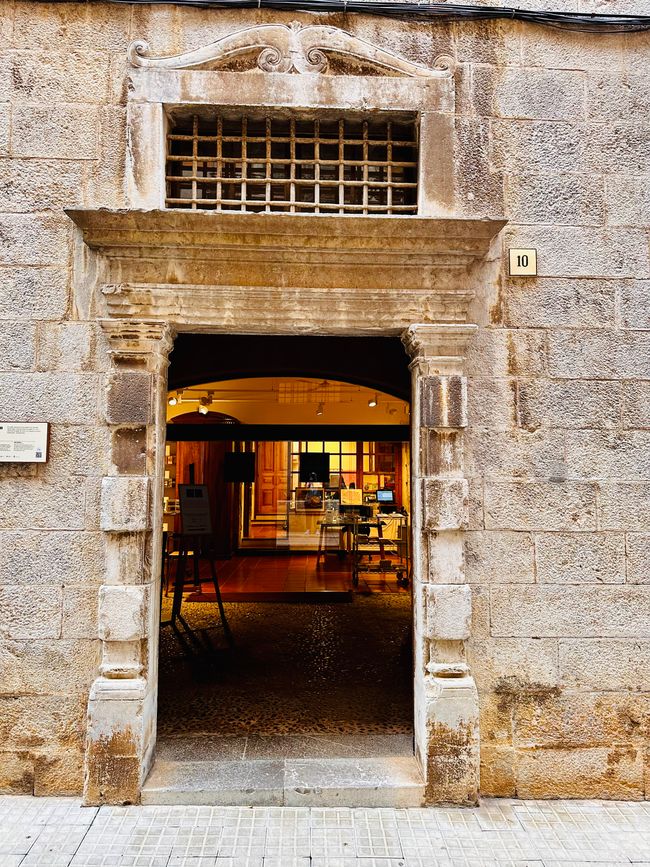
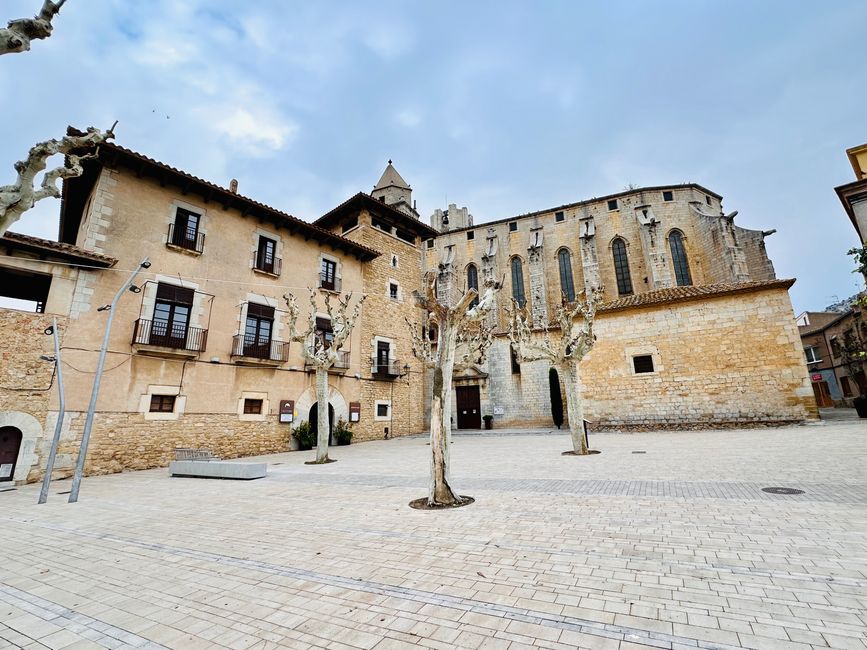
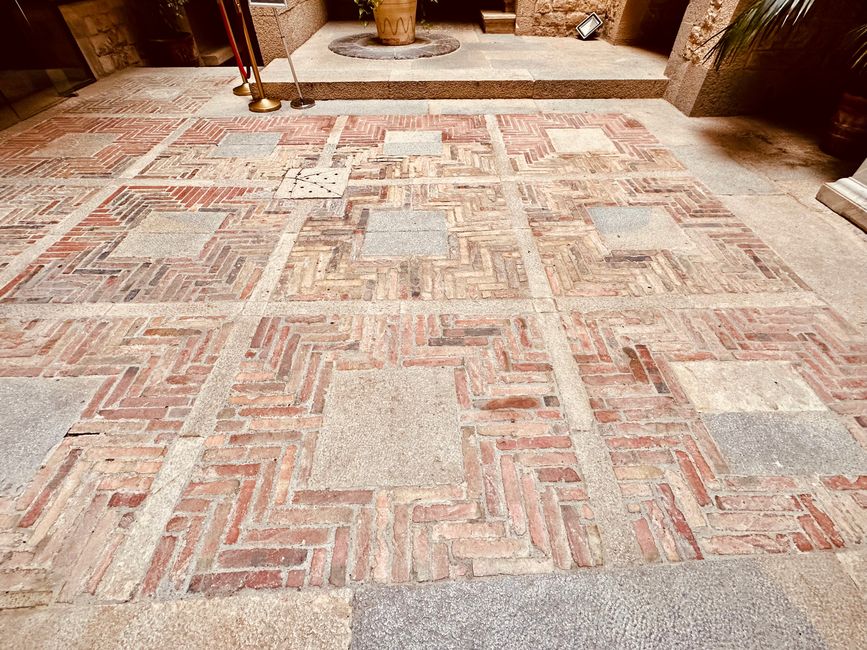
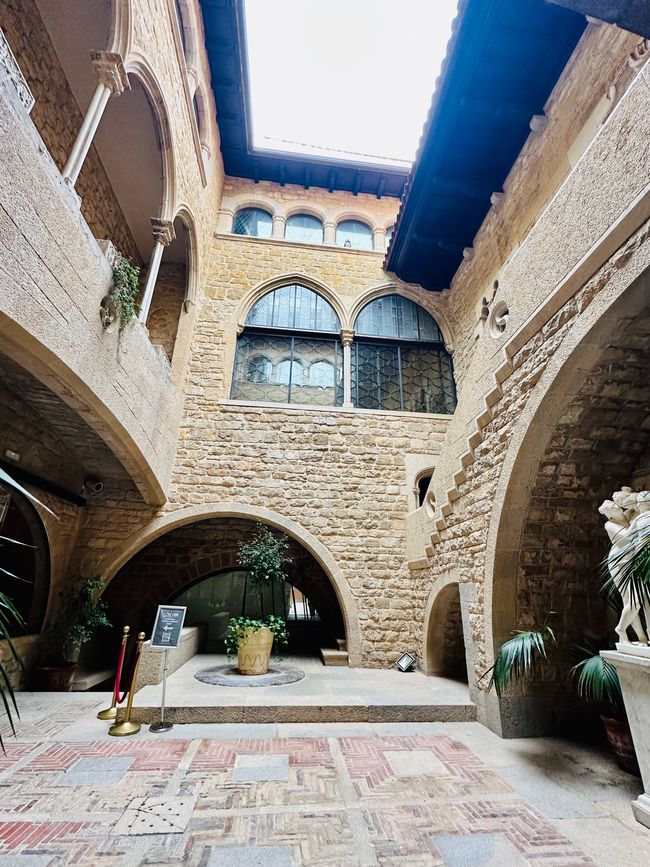
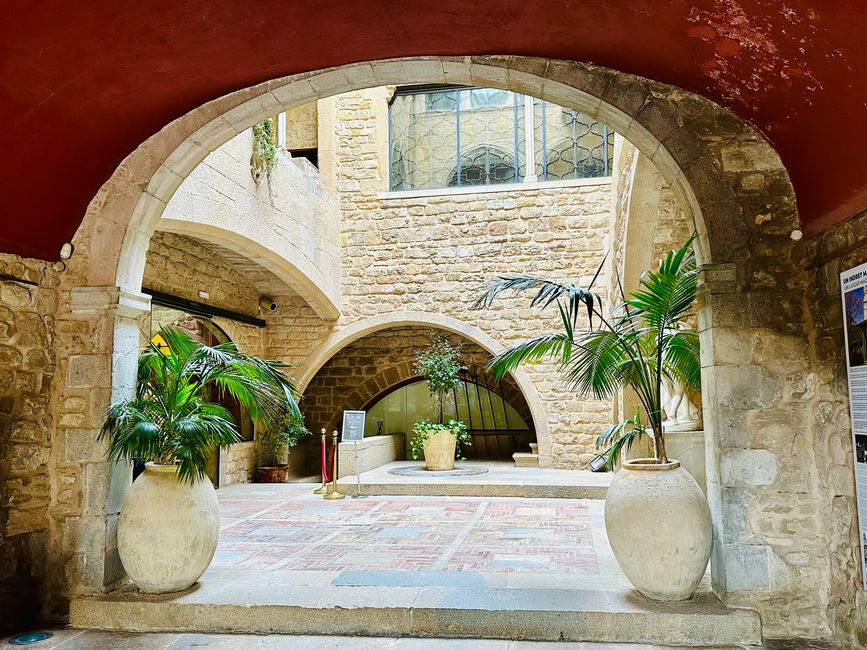
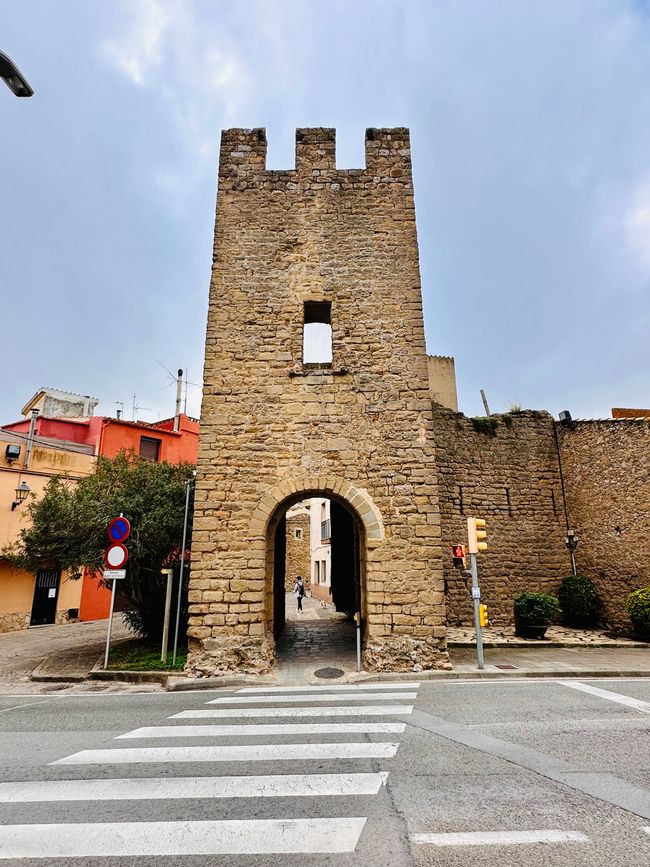
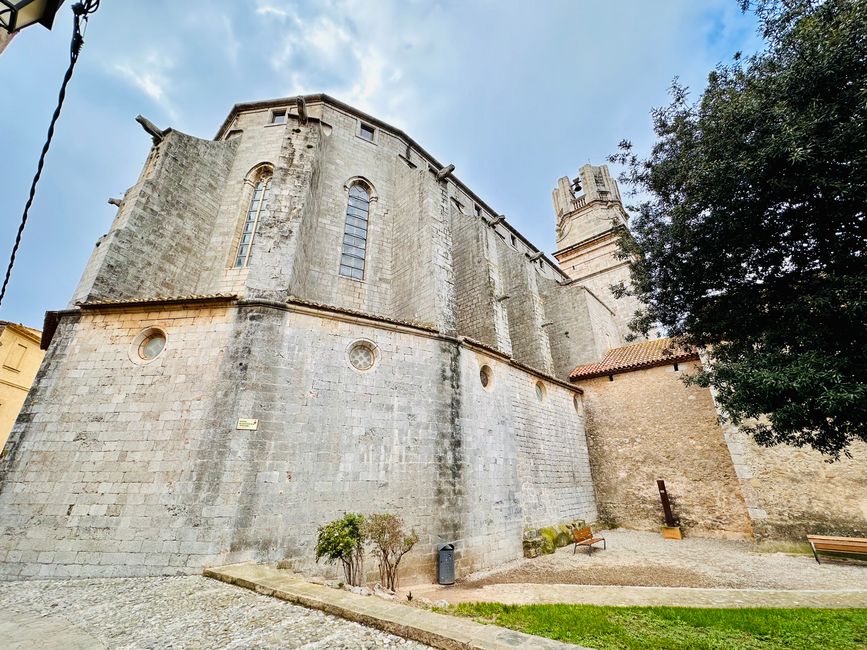
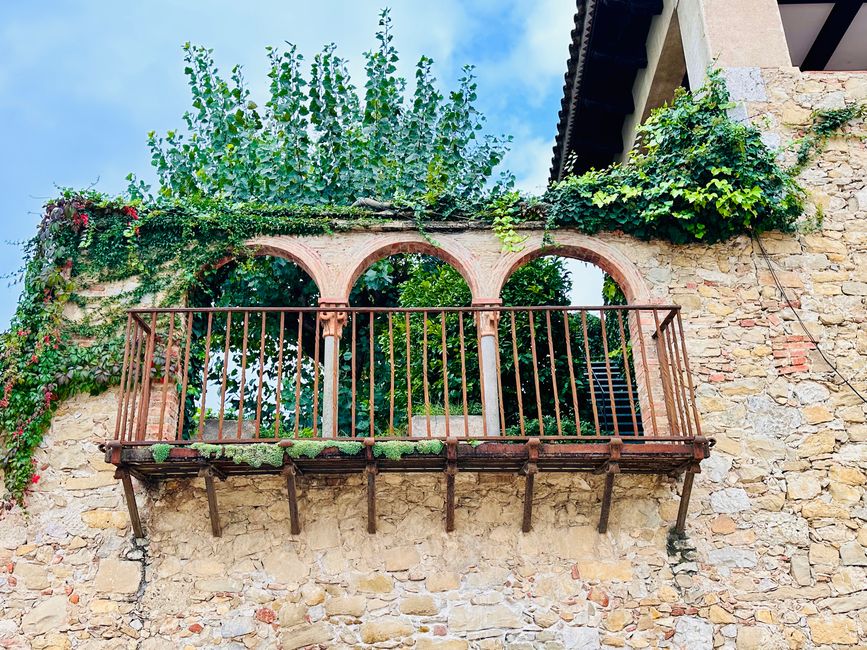
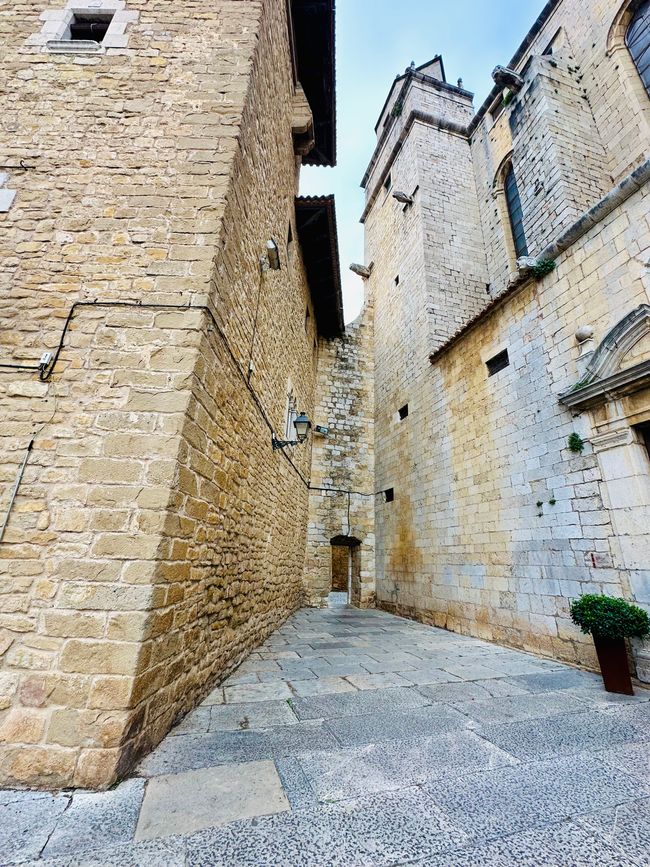
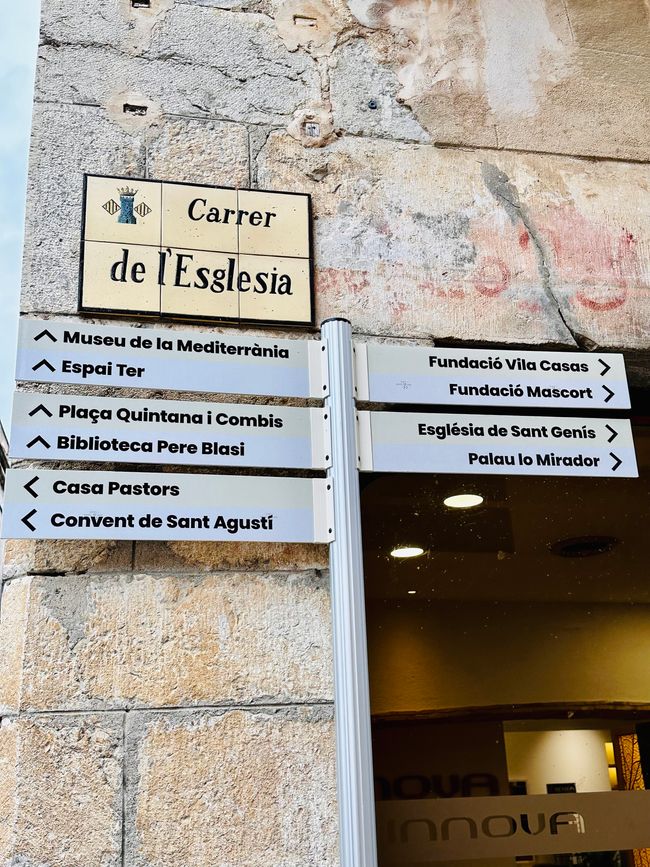

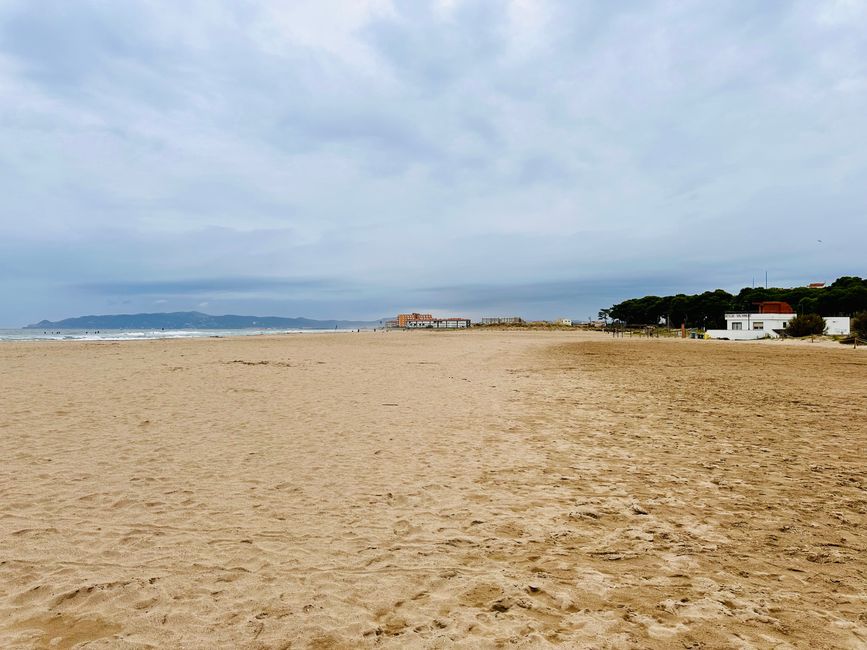

Yatiyäw qillqatar qillqt’asipxam
Today we embark on another journey into the past. We travel to Torroella de Montgrí while the weather is still dry.

Torroella de Montgrí is a town with character, where one is reminded of the various historical periods that have shaped its landscape.
The Old Town is characterized by narrow streets, well-preserved historical buildings and squares. One of the most prominent landmarks is the church of Sant Genís, an impressive Gothic church from the 14th century. Another highlight is the former royal palace, which now houses a cultural center.
A landmark of the city is the Castell de Montgrí, this medieval castle is undoubtedly the most famous attraction of the city. It is located on the summit of the Montgrí mountain, about 300 meters above sea level, and was constructed in the late 13th century at the orders of King James II of Aragon to solidify his rule and protect the region from invasions.
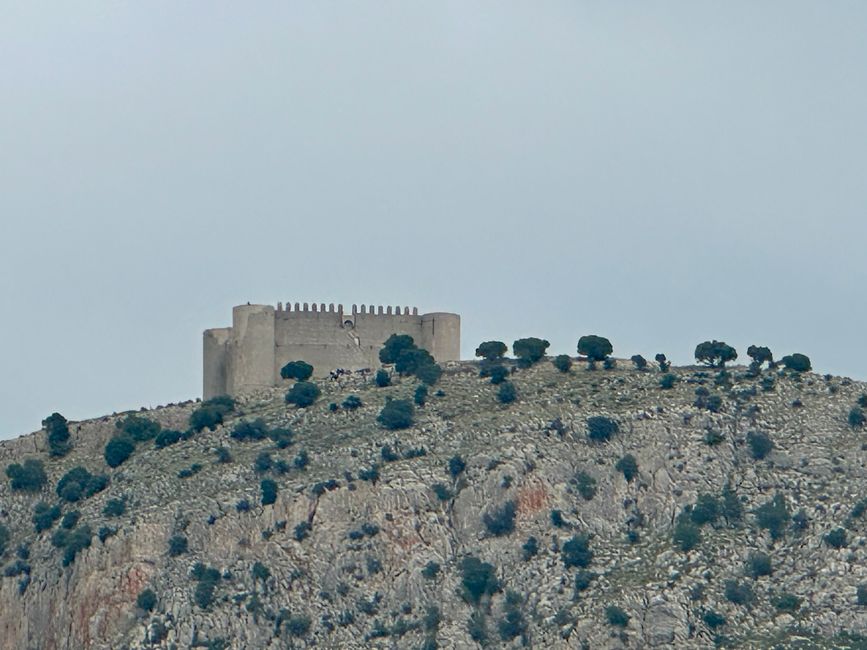
Although the castle was never fully completed, it offers impressive architecture with its massive, cylindrical towers and high stone walls. From the castle, one is said to have a breathtaking view of the Costa Brava, the Pyrenees, and the Empordà Valley. It is only accessible on foot. Due to the weather warning, we forgo the ascent.
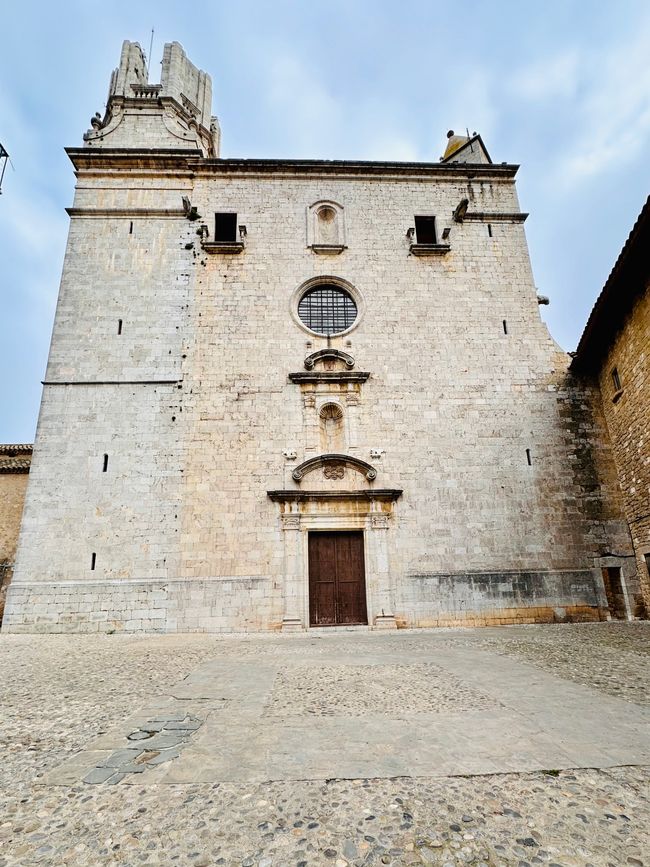
The Gothic Esglésis Sant Genís is the centerpiece of the Old Town and was built in the 14th century. Its architecture impresses with its simple yet majestic exterior and the soaring nave inside.

Especially notable are the detailed stonework and the artistically designed stained glass windows. It is not just a place of worship, but also serves as a venue for concerts and cultural events.
The central square of Torroella de Montgrí, the Plaça de la Vila, is an important meeting point and surrounded by historical buildings and arcades from different periods. Here one can enjoy the atmosphere of Catalan daily life.
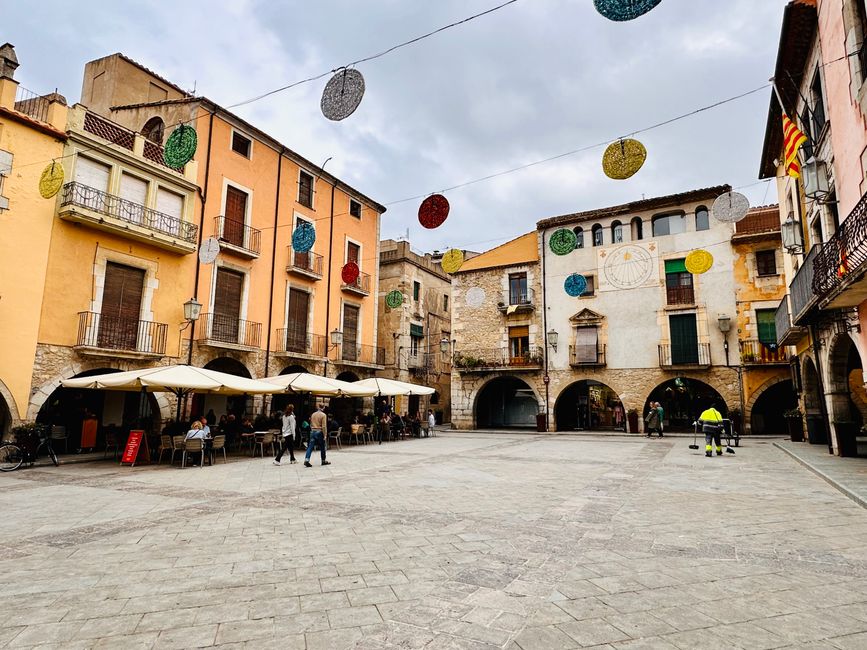
The Museu de la Mediterrània is dedicated to the culture and traditions of the Mediterranean region and is located in an old mansion in the city center.
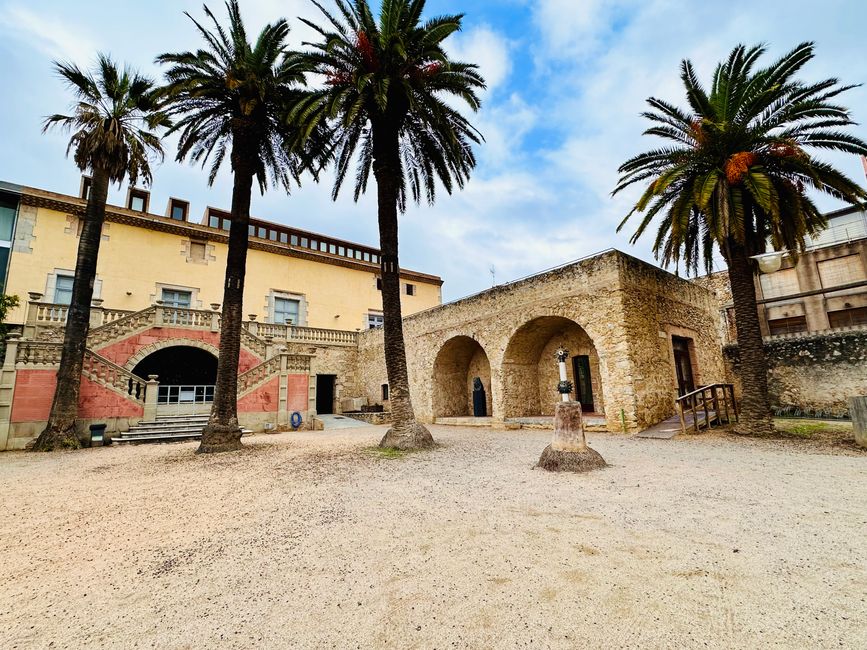
The museum offers a variety of exhibitions dealing with the history, customs, and maritime significance of the Mediterranean.
Currently, a special exhibition is also running about the 50th anniversary of La Penya Barcelonista Montgrí i Comarca, the local fan club of FC Barcelona, which was founded on November 28, 1974. It serves as an official fan club of FC Barcelona, a vital part of Barça's fan culture, and has a long tradition.
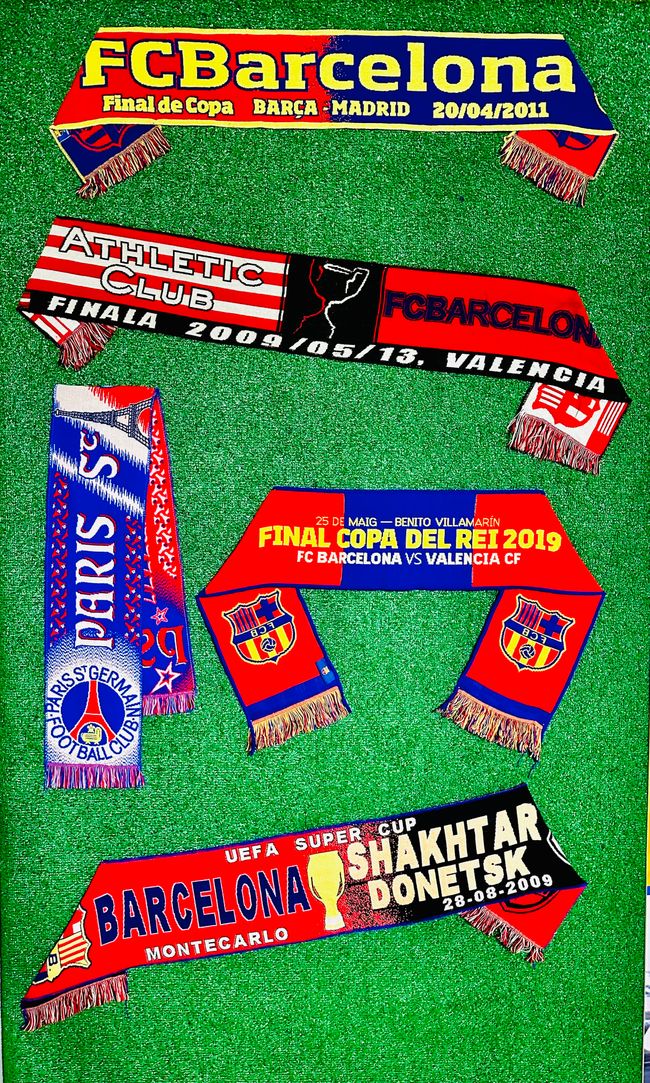
They not only serve as meeting points for fans but also engage in social and charitable activities to support their communities. FC Barcelona officially recognizes many of these Penyes and maintains relationships with them by organizing special events and meetings. These are visually and acoustically documented in the exhibition. Furthermore, many gifts, documents, fan merchandise, and jerseys (even from FC Bayern) are on display.
Why does FC Barcelona have its blue/red colors? The Swiss Hans (Joan) Gamper once played for FC Basel. When he emigrated to Barcelona at the end of the 19th century, he sought like-minded individuals through an advertisement to play football with him, thus the founding of FC Barcelona in 1899 was a logical development. He was able to persuade his companions to adopt the jersey colors of FC Basel, and they have maintained this ever since the founding.
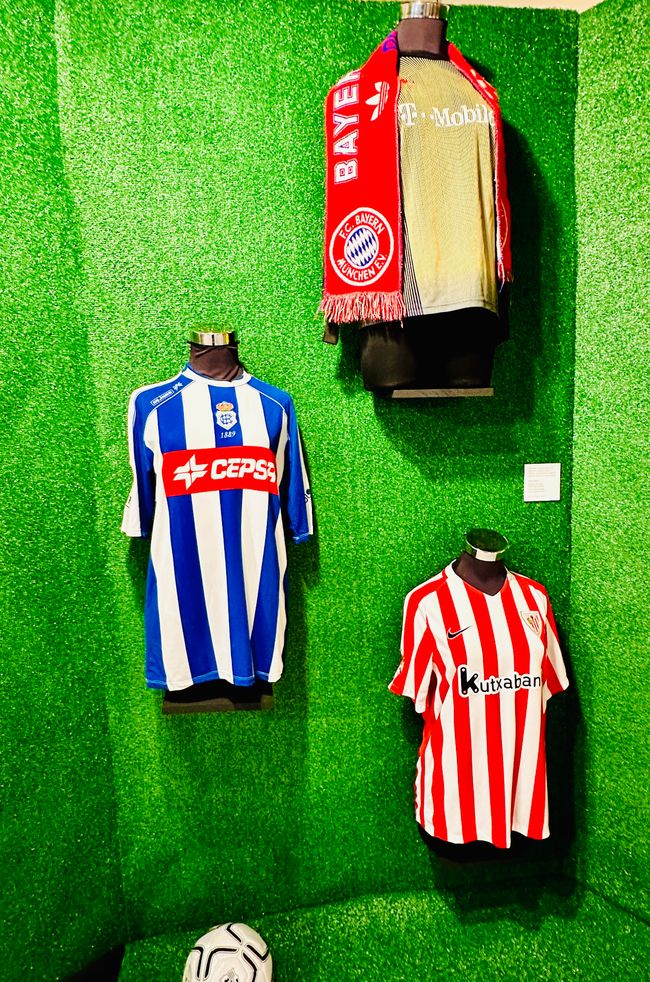
The portal of Santa Caterina is one of the two gates and towers that remain from the early medieval city walls. The gate got its name due to its location on the northeastern side of the city wall, towards Montgrí, the castle, and the Santa-Caterina valley.
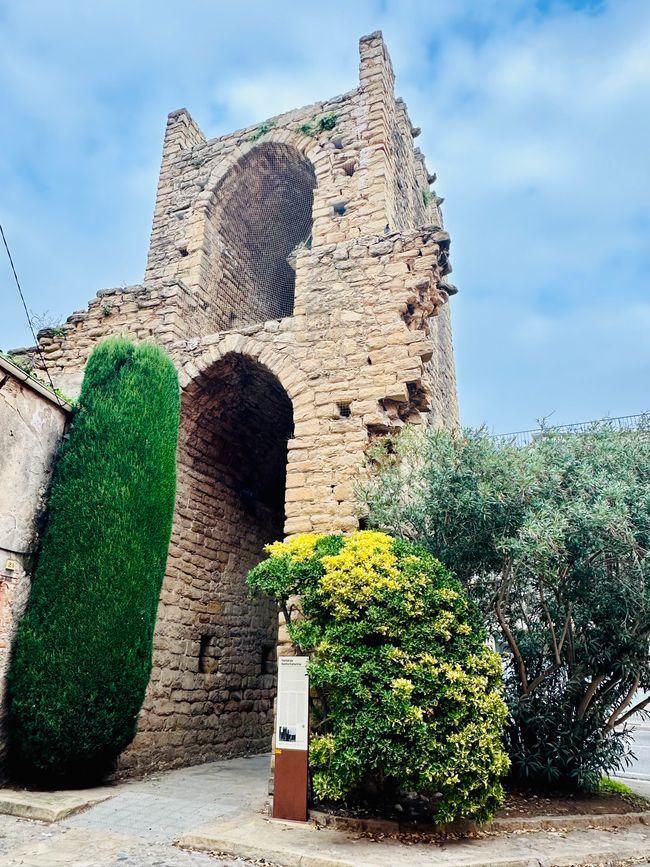
Palau Lo Mirador. The first mention of the feudal castle of Torroella dates back to 1085, when the town and the parish of Sant Genis were established around it as a Sacraria. This is where the name Torroella de Montgrí comes from; from Torroecella, due to the old tower that stood precisely at this location. Since 1385, it has been called 'Mirador' as this point in the plain of Baix Ter is only surpassed in height by the church.
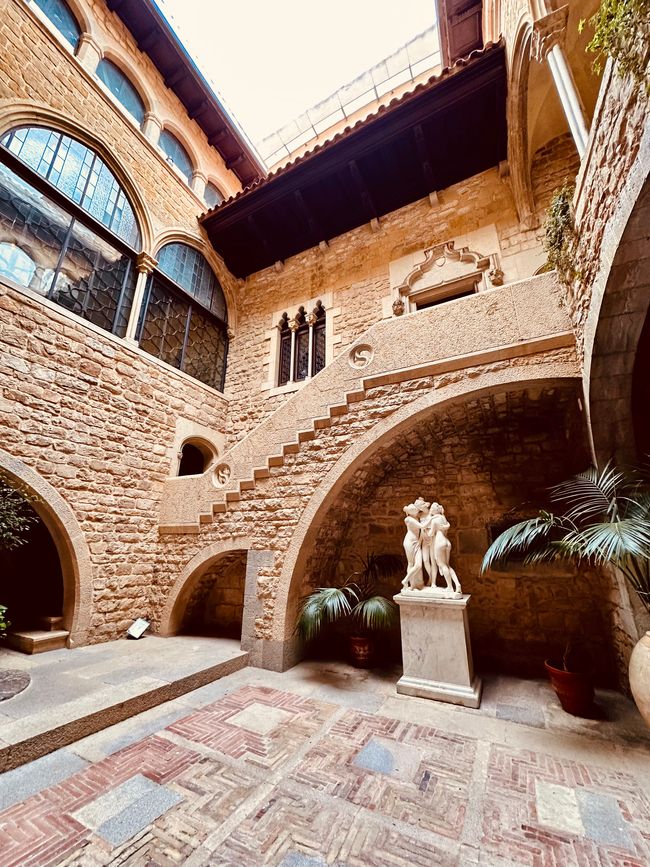
After the city tour, we head to l’Estartit. L’Estartit is a small yet well-known coastal town that belongs to the municipality of Torroella de Montgrí. It is located about 6 kilometers away. The area is recognized for its beautiful beaches and proximity to the Medes Islands, a significant nature reserve.
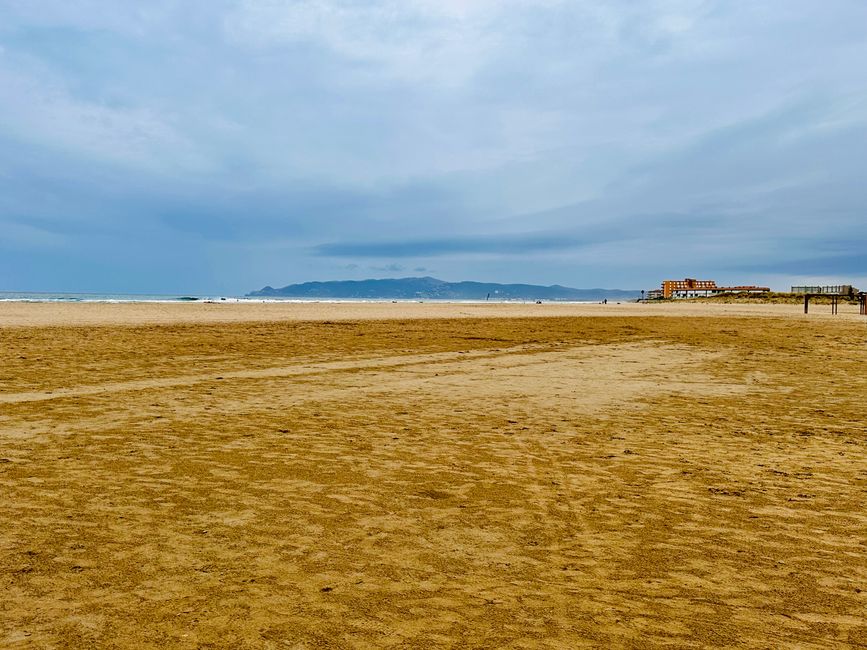
Originally, L’Estartit was a small fishing village that has developed into a popular holiday destination over the course of the 20th century. L’Estartit boasts a long, sandy beach that slopes gently into the sea.
The absolute highlight of L’Estartit are the Medes Islands (Illes Medes), a small archipelago located just a few kilometers off the coast. This group of islands is part of the nature reserve Parc Natural del Montgrí, les Illes Medes i el Baix Ter and is known for its rich and diverse underwater world.
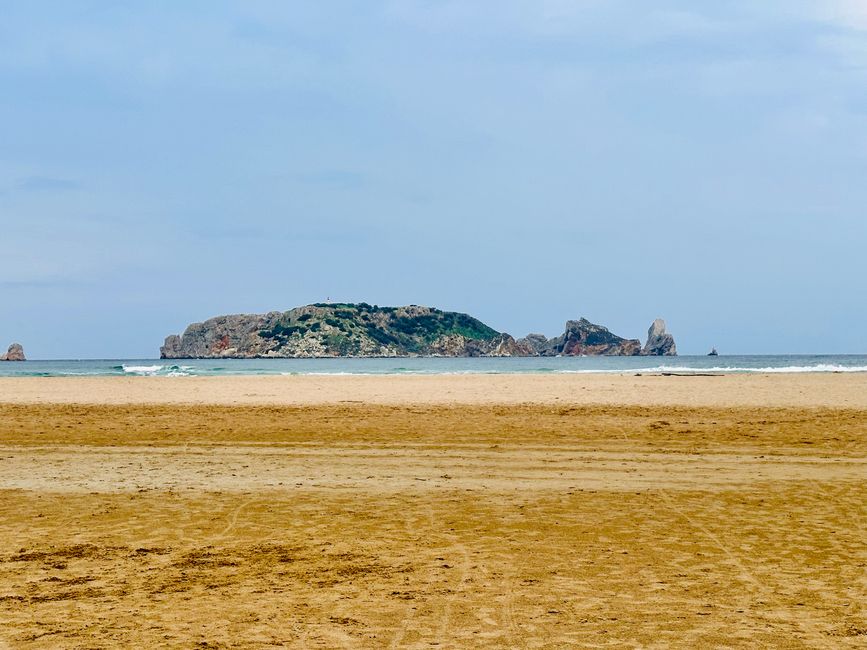
The sky turns ominously dark and we make our way home. This was a good decision, as it soon began to rain heavily.
Yatiyäw qillqatar qillqt’asipxam
Jaysawi
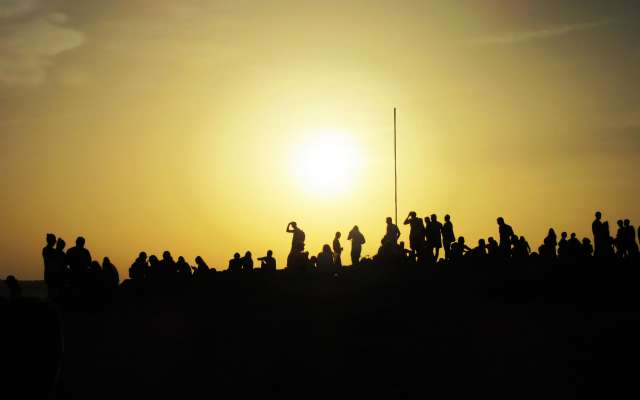
Viajes ukan yatiyawinakapa España markanxa
